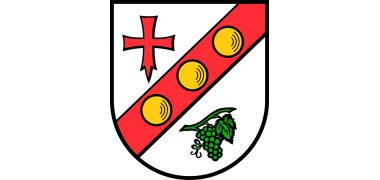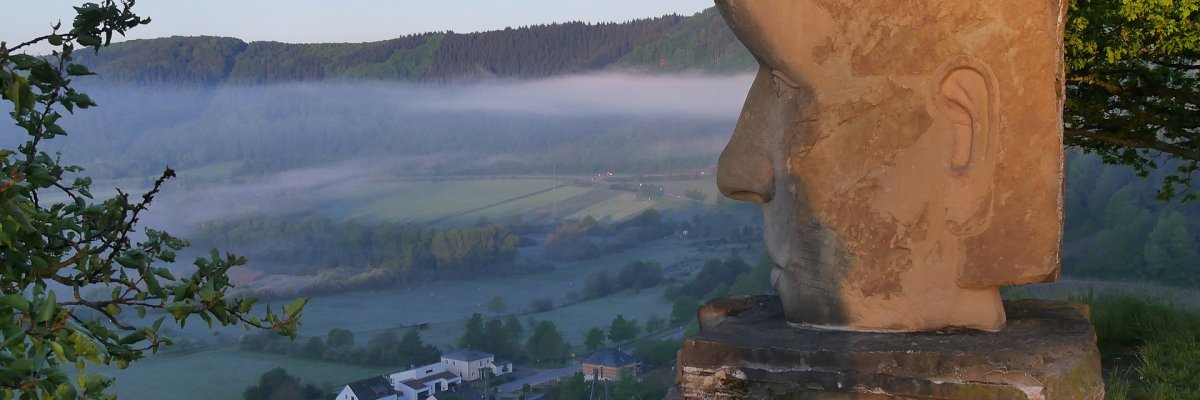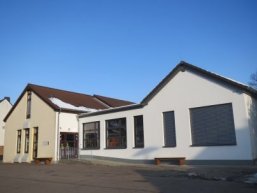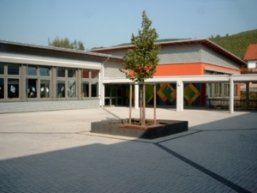Wawern
Wawern is located somewhat apart from the Saar in a wide valley that opens to the west towards the Nitteler Wald. The place is characterized by viticulture.
At one of the most beautiful viewpoints there is a stone sculpture, a large head that looks out over the valley and is a popular destination for excursions alongside the Wawerner Rundfels. The Wawerner Grillhütte is also nearby.
The meaning of the name Wawern is uncertain, but is said to derive from the Treverian Waberla, i.e. waving marsh meadow, as it still exists today in the Wawerner Bruch. This wetland lies to the south of the town and is now a protected area.
Since the Middle Ages, Wawern has been owned by the Trier Cathedral Chapter, the Johanniter and the Trier Abbey of St. Maximin. In the early modern period, the town belonged to the Electoral Office of Saarburg.
Sights - e.g.
"Wawerner Bruch" nature reserve
Geologically and biologically very interesting nature reserve (approx. 40 ha). A loop that silted up after the Ice Age because the Saar was looking for a new route between Ockfen and Ayl-Biebelhausen. The organic soils in the lower parts, which show different stages of peat formation, are a rarity in this coherent size in the Trier area. The acidic humus leads to the typical yellow-red coloring of the surface water. The inner swamp area is bordered by a strip of remains of ice-age floating soil deposits. The landscape is characterized by the multi-level vegetation layers (herbs/grass-reed-woody groups) with numerous small bodies of water. The Wawerner Bruch is an ideal breeding and habitation site for birds, amphibians and small game.
Synagogue Wawern
In Wawern there was a traditionally strong Jewish community, the beginnings of which can possibly be traced back to the residence permit granted by Elector Franz Georg von Schönborn in 1723, which was limited to 165 families in the Kurstaat. Even before the middle of the 19th century, a separate synagogue community was founded, which still had 45 members in 1933 and was wiped out in 1940. The synagogue, built in 1839, is designed as a two-axle hall building. It was demolished on November 30th, 1938, later used for a different purpose and was then a ruin for years. It was restored in an exemplary manner in 1993 and now serves as a cultural center. The synagogue is only open for events. However, you can look inside through several windows.
Wawern history trail
The turbulent history of the village of Wawern is illustrated on a hiking route of 4.8 km with 25 boards.
additional
Hirschkornhaus, winery "Unterm Herrenberg", district waterworks, round rock, stone sculpture "Meteor"

Heraldry (Heraldry)
In silver, a red diagonal left bar, topped with three golden balls, accompanied at the top by a red pointed cross, below by a green vine with a leaf.
Until the beginning of the French Revolution, Wawern belonged to the Electorate of Trier, Office Saarburg, district care. The shield colors red and white should indicate this, corresponding to the red electoral cross in the silver shield.
Church patron is, at the visitation in 1743, St. Nicholas. His attribute is three golden balls. They are included as a reference to the church patron.
The cathedral presence in Trier is involved in the middle jurisdiction in Wawern. The cathedral chapter has half the wine tithe. This connection to the Trier church is represented by the red pointed cross. The vine with a leaf is an indication of the employment structure, which is largely determined by viticulture.


